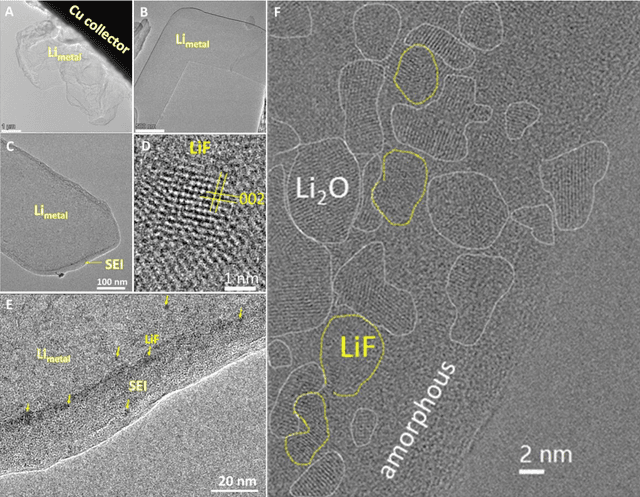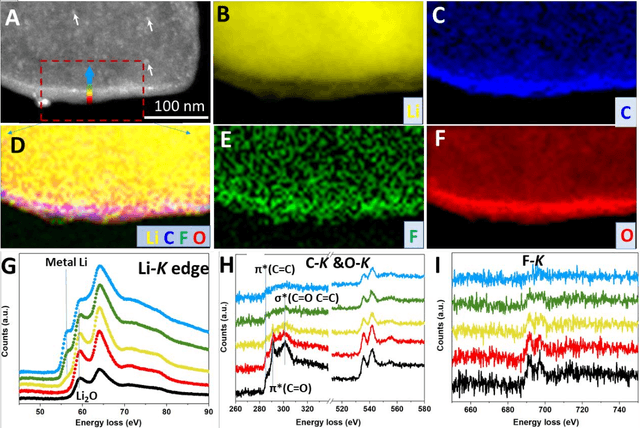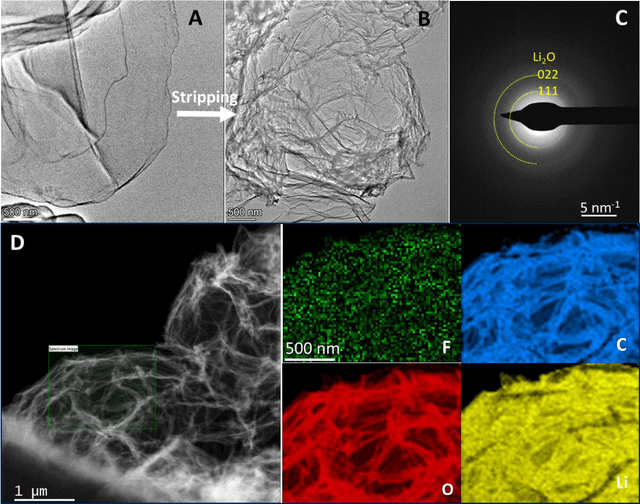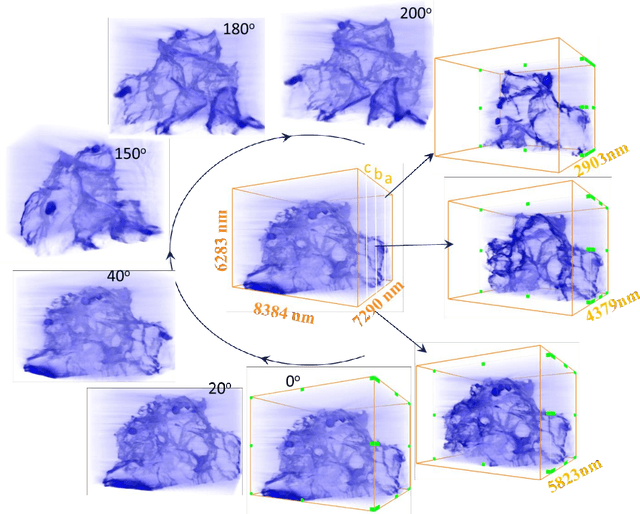Meng Gu
HLIC: Harmonizing Optimization Metrics in Learned Image Compression by Reinforcement Learning
Sep 30, 2021



Abstract:Learned image compression is making good progress in recent years. Peak signal-to-noise ratio (PSNR) and multi-scale structural similarity (MS-SSIM) are the two most popular evaluation metrics. As different metrics only reflect certain aspects of human perception, works in this field normally optimize two models using PSNR and MS-SSIM as loss function separately, which is suboptimal and makes it difficult to select the model with best visual quality or overall performance. Towards solving this problem, we propose to Harmonize optimization metrics in Learned Image Compression (HLIC) using online loss function adaptation by reinforcement learning. By doing so, we are able to leverage the advantages of both PSNR and MS-SSIM, achieving better visual quality and higher VMAF score. To our knowledge, our work is the first to explore automatic loss function adaptation for harmonizing optimization metrics in low level vision tasks like learned image compression.
Conformal Three-Dimensional Interphase of Li Metal Anode Revealed by Low Dose Cryo-Electron Microscopy
Jun 10, 2021



Abstract:Using cryogenic transmission electron microscopy, we revealed three dimensional (3D) structural details of the electrochemically plated lithium (Li) flakes and their solid electrolyte interphase (SEI), including the composite SEI skin-layer and SEI fossil pieces buried inside the Li matrix. As the SEI skin-layer is largely comprised of nanocrystalline LiF and Li2O in amorphous polymeric matrix, when complete Li stripping occurs, the compromised SEI three-dimensional framework buckles, forming nanoscale bends and wrinkles. We showed that the flexibility and resilience of the SEI skin-layer plays a vital role in preserving an intact SEI 3D framework after Li stripping. The intact SEI network enables the nucleation and growth of the newly plated Li inside the previously formed SEI network in the subsequent cycles, preventing additional large amount of SEI formation between newly plated Li metal and the electrolyte. In addition, cells cycled under the accurately controlled uniaxial pressure can further enhance the repeated utilization of the SEI framework and improve the coulombic efficiency (CE) by up to 97%, demonstrating an effective strategy of reducing the formation of additional SEI and inactive dead Li. The identification of such flexible and porous 3D SEI framework clarifies the working mechanism of SEI in lithium metal anode for batteries. The insights provided in this work will inspire researchers to design more functional artificial 3D SEI on other metal anodes to improve rechargeable metal battery with long cycle life.
 Add to Chrome
Add to Chrome Add to Firefox
Add to Firefox Add to Edge
Add to Edge